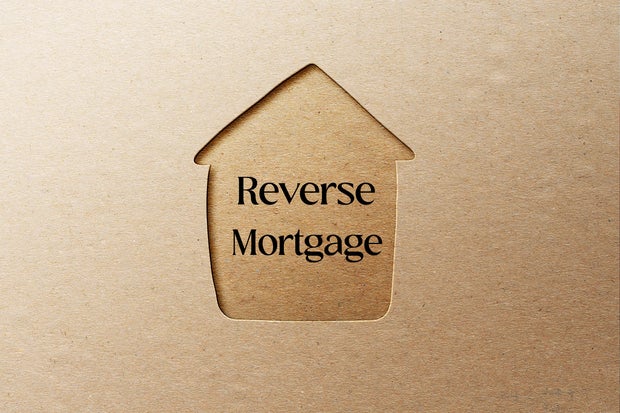CAROL YEPES/Getty Images
It’s never too late to explore ways to make extra money. With so many ways to make passive income and multiple side jobs, it can be simple to make additional income. For seniors, however, many of whom rely upon a tight budget made of savings and Social Security, their extra cash options may be limited. Fortunately, there is a safe and reliable method to explore: reverse mortgages.
Seniors aged 62 and older who have paid down all or most of their mortgage can leverage their existing homes by having a lender pay them (instead of the opposite, hence the “reverse” title). This can take the form of monthly payments or it can come in one lump sum. By using this accumulated home equity, seniors can easily supplement their income — and they will only have to pay the money back when they sell their home or die.
And right now may be a particularly opportune time to pursue this option. Below, we’ll break down three reasons why a reverse mortgage may be worth it for seniors right now.
See how much you could get with a reverse mortgage here.
Why a reverse mortgage may be worth it for seniors right now
Here are three compelling reasons why a reverse mortgage could be worth it for seniors today.
Borrowing costs are high
While inflation has steadily cooled from a 40-year high in June 2022, interest rates have remained high, with the benchmark interest rate range surging to its highest point in 22 years last summer and remaining there ever since. That’s caused rates on everything from mortgages to credit cards to personal loans to rise in tandem, making borrowing especially expensive right now.
If you’re coping with high interest debt in this climate — and don’t want to consider debt relief options as an alternative — then a reverse mortgage could be an attractive option. Depending on how much of your home you’ve paid off, you could be looking at a substantial amount of equity to tap into right now, which can then help you pay down your existing, expensive debts.
Learn more about the help a reverse mortgage can provide here.
Relief may be delayed
To lighten expenses, today’s interest rates need to come down. And while hope for relief was high at the start of 2024 it’s significantly dimmed since then thanks to a series of disappointing inflation reports. The latest, for February, showed inflation rising in the month to 3.2% — an increase from January and more than a full percentage point above the Federal Reserve’s target 2% goal.
Against this backdrop, at least one Fed official recently argued that interest rate cuts may not be on the horizon for this year either. That delayed relief will hurt many, leading to a search for alternative ways to make ends meet. A reverse mortgage could be one of them.
It may be better than the alternatives
If you’re a senior in need of extra cash, it can be helpful to research all alternatives. Unfortunately, right now, many may not be as advantageous as a reverse mortgage. Credit card interest rates are hovering around 20% right now while personal loans are in the double digits, too. Home equity loans and home equity lines of credit (HELOCs) can be beneficial for the right homeowner but since the home is used as collateral in those circumstances, it can be dangerous without a clear repayment plan.
But reverse mortgages don’t come with high rates — or the risk of losing your home. You’ll simply need to repay what you borrow if you sell the home or have a loved one do so after you have died.
The bottom line
With borrowing costs elevated, the prospect of relief uncertain and multiple, less-advantageous financing options, many seniors may find a reverse mortgage to be a viable way to boost their income — and pay down high-interest debt. While this option is only available for those 62 and older and will heavily depend on how much of your home has been paid off, it could be worth exploring for select homeowners right now. Get started here today.


